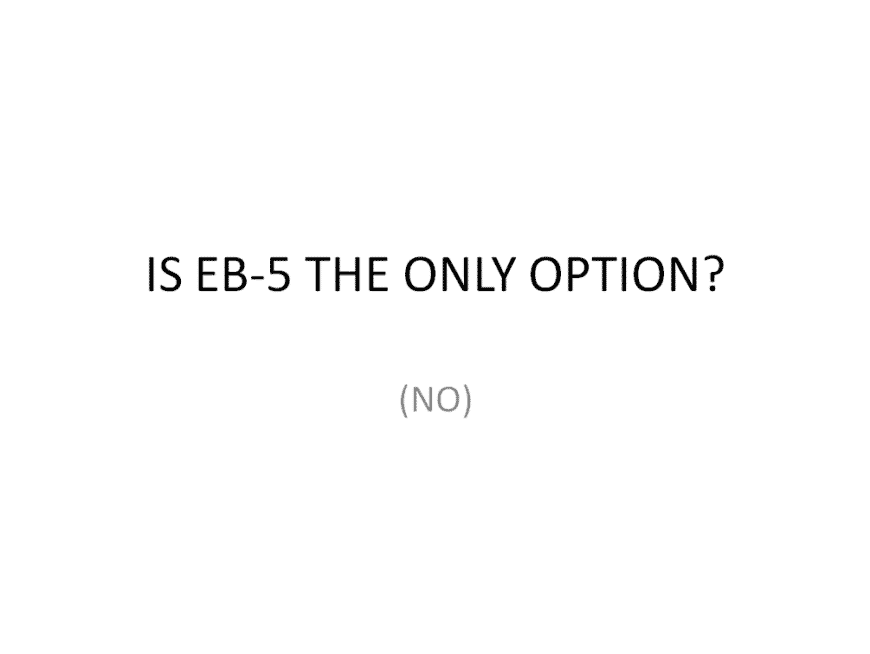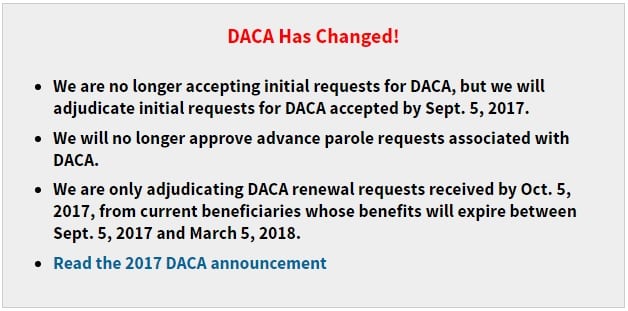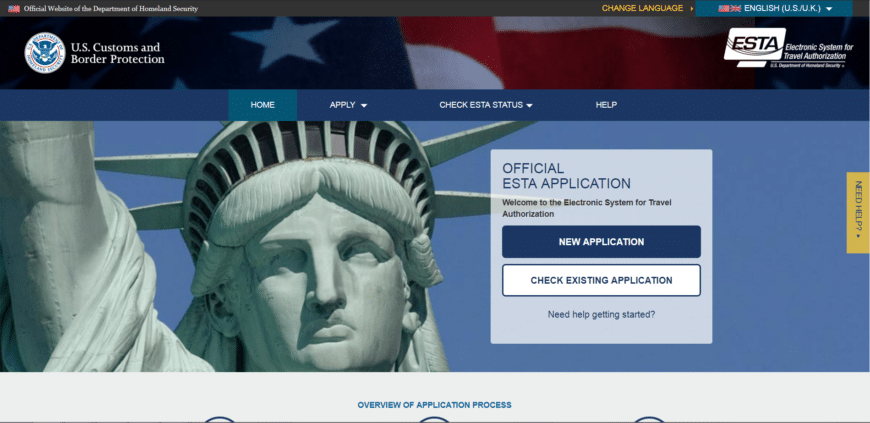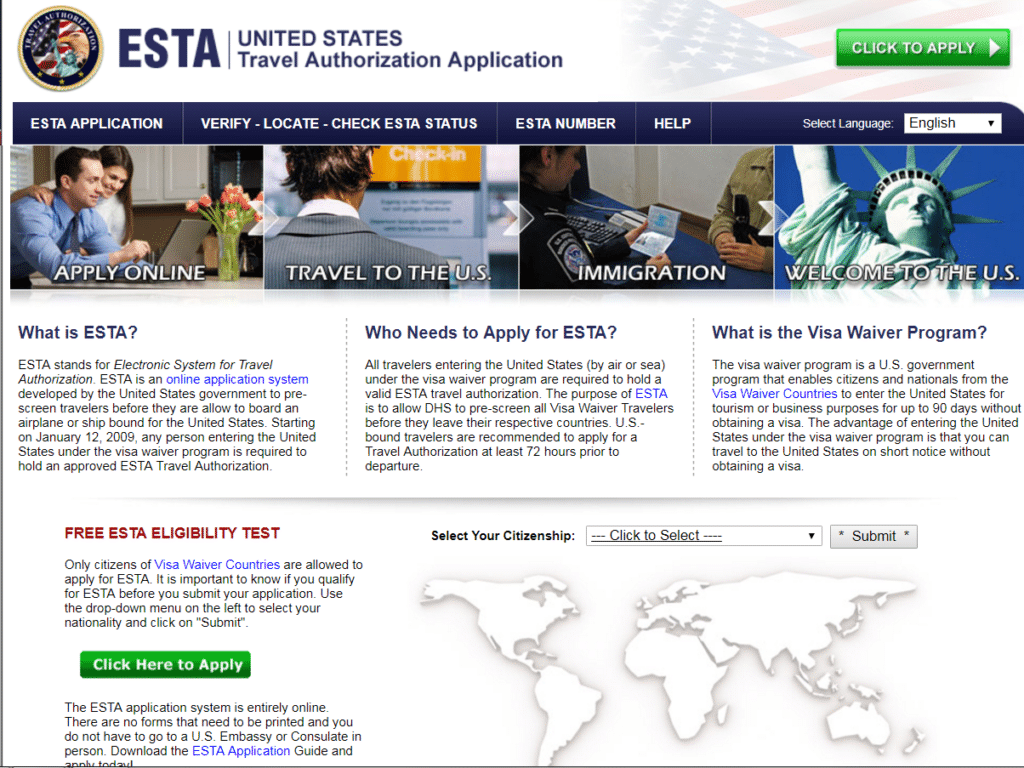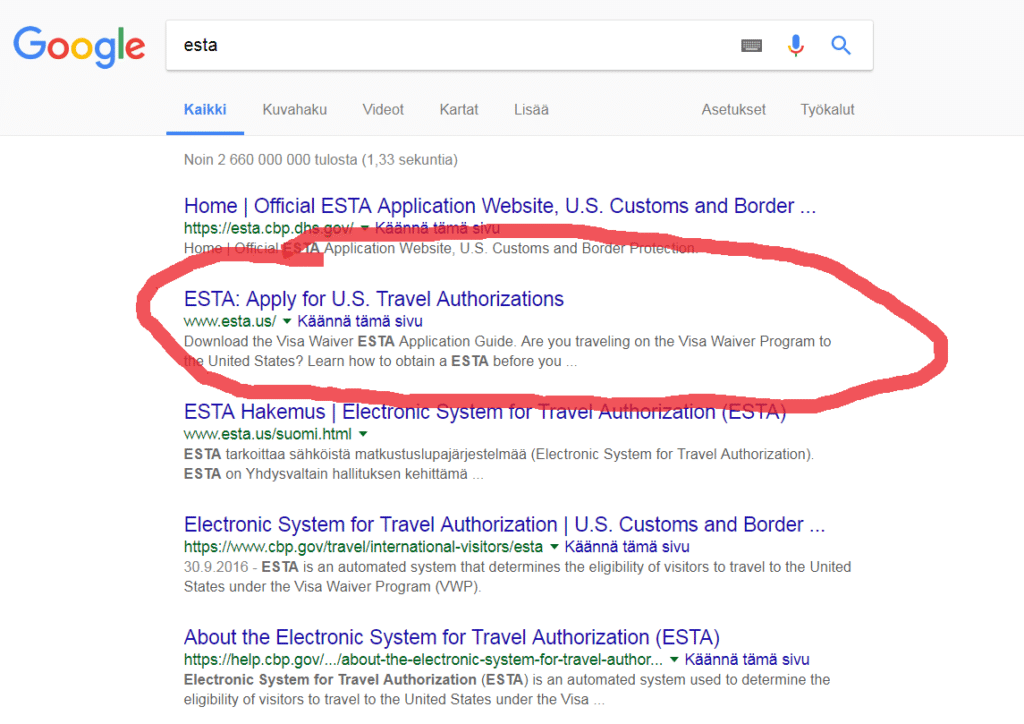Scenario:
You have a real estate client who wants to come to the United States and stay here. Maybe not now, but he wants to eventually immigrate here. The question is how does he do it? How can real estate contribute to his desire to immigrate to the U.S.? Is it part of his plan to immigrate or to finance his project in the U.S. (commercial) and/or a result that desire to immigrate (residential)?
Why do we have this situation?
- Recently, we have had a large influx of Immigrants or Foreign Nationals who are purchasing homes or commercial real estate for investment or for their business.
- Often times these individuals are assessing how they can take advantage of U.S. immigration to either (1) allow them to immigrate themselves, or (2) like other developers, to give other foreign investors an additional incentive to invest in the individual’s project.
Main point to remember for any project under any immigration category, the business that is started here is for the purpose of opening a business, not for the purpose of just obtaining immigration benefits. Not only grounds to not approve application, but business will not be successful, which may affect ability to receive approval based on business anyway.
There are two main immigration categories that best satisfy this need.
These two categories are generally referred to as (1) EB-5 or immigrant investor programs and (2) L-1 or EB-1C Intracompany transfers
- EB-5 Program
The Immigrant Investor Program, also known as “EB-5,” was created by Congress in 1990 to stimulate the U.S. economy through job creation and capital investment by foreign investors. Initially, these programs were by direct investment. Under a pilot immigration program first enacted in 1992 certain EB-5 visas also are set aside for investors in Regional Centers designated by U.S. Citizenship and Immigration Service (“USCIS”) based on proposals for promoting economic growth, utilizing both direct investment and indirect investment. In either case, the immigrant investor obtains permanent resident status through investment in the United States.
The entire program is currently approved through September of this year. USCIS and Congress are debating reauthorization of the program with changes to some of the requirements which I’ll note throughout our discussion later.
Requirements
Investment from the individual must be at least $500,000 or $1,000,000. If the investment is in what is called a Targeted Employment Area (“TEA”) where the unemployment rate is 150% of the National Unemployment rate, or $1,000,000 if not in a TEA. A TEA designation can be determined by both federal and state measurements.
However, this amount may go up in the near future as USCIS has requested that Congress. USCIS has requested, and Congress is considering, raising the TEA amount to $800,000 and the non-TEA amount to $1.2 million. This could start as early as October of this year, or could start later, if Congress decides to make these changes.
Create 10 full time jobs in a new business, or save 10 old jobs from a business that is losing money. The employees must be U.S. Citizens, permanent residents, or other immigrants authorized to work and but cannot be an investor’s spouse or children.
Initially, after filing an application, an Investor receives a 2 year conditional, or temporary, permanent resident card, or “green” card as it is commonly known. After the 2 year conditional period, the investor must demonstrate the business continues to operate, is continuing along with the plan provided to USCIS, and/or has met its goals, at which time the investor will receive a permanent green card.
Traditional EB-5
A traditional EB-5 investment is a direct investment by an investor into a new business or a business that is losing money. The money is invested directly into the business, and the business must hire at least 10 full time employees. In addition, the investor must have an “active” role in the business.
Pilot Program – Regional Center – EB-5
Under the “regional center” model, an investor may invest in a project that is created under the umbrella of a third party “regional center”. Under this model, an investor may be a passive investor that invests his/her money into a project, which has created sufficient direct and indirect jobs sufficient to cover however many EB-5 investors are planned for the project.
Differences between the two EB-5 programs?
- Direct investment (traditional) vs. Direct and Indirect investment (regional center)
Indirect investment – Jobs that will be created by project, but be employed by other companies involved in the project
- Direct involvement (traditional) vs. no involvement (regional center) in activities of company
Advantage of EB-5 investment
- Both programs – Does not matter what the company does, it does not have to be related to the background of the individual, individual just has to have sufficient money to invest and must have job creation.
- Investor has direct control of how investment money is spent.
- Regional center- does not require any involvement in operations of business.
Disadvantage of EB-5 investment
- Both programs
– Is an investment, money is at risk
– “Priority date exist for investors from China, meaning that after investing in a project, there may be a lag time before the investor can actually apply for a green card. If the investor is in the United States, he must have legal status under another visa. Otherwise must return to home country after prior authorization to stay expires before becomes out of status.
– limited number of visas per year (10,000), although number of investors is increasing.
– Long processing times- 13.4 months for processing initial application (I-526) for investor approval and 13.4 months processing time for approval of final application (I-824) for “permanent” permanent resident card.
- Traditional EB-5
– Investor must operate the company for a long period of time, which means there are employees to pay for a long period of time. Since the goal is to increase jobs, this only becomes an issue if company is losing money. No investor is expected to run a losing operation for an extended period of time, but since the EB-5 goal is to create jobs, any business that is closed down less than a year after the investor receives his permanent green card has a greater risk of being audited and the green card taken away.
- Regional Center EB-5
– No control over the investment.
– If the project is not completed or project deviates from purpose, conditional green card can be taken away.
L-1
The L-1 visa is a nonimmigrant visa that allows a foreign corporation to transfer executives or managers to U.S. subsidiaries to operate the U.S. subsidiary on behalf of the foreign corporation. Initial period is 6 (L-1B) or 7 (L1-A) years.
L1-A – managers and executives
L1-B – professional managerial person (Engineers, accountants, etc.)
If the U.S. subsidiary has operated for at least one year in the United States, the company may petition for managers or executives to obtain permanent resident status (EB-1C)
Of course, the likelihood of the company to successfully petition for their employee to obtain permanent resident status can be highly dependent on the success of the foreign company and the subsidiary, the number of employees, and the revenue generated by the subsidiary.
- Requirements for L-1.
– U.S. company is owned at least 51% by a foreign company.
– Manager/executive transferring must have been a manager/executive with
relevant experience at foreign company for at least 1 year out of the previous 3
years
– Manager/executive transferring must be employed by subsidiary in an appropriate managerial position
- Advantages.
- Allows managers/executive to be transferred fairly quickly, processing time can be as quick as 1 month, but more likely 4-5 months if additional evidence is requested.
- Processing time for obtaining permanent resident status also is fast, approximately 8 – 12 months once the petition is filed by the company.
- When starting a company, less money must be invested in order to start the company and allow for L-1 applicant.
- Disadvantages.
- Person being transferred must have been shown to have worked in parent foreign company for the required period of time as a manager/executive.
- Work experience and/or educational experience must be related to new position in U.S. company.
- Generally more stringent regulation by USCIS.




